
RATING

Neutral
SECTOR
Automotive
Chief Sustainability Officer
Yumi Otsuka
Stock Exchange and Ticker
NAG: 7203
NYSE: TM
LSE: TYT
Website
Contact
Tel: 1-800-331-4331
Contact Details:
–
Listing
- FTSE4Good Index Series
- FTSE Blossom Japan Index
- MSCI Japan ESG Select Leaders Index
- MSCI Japan Empowering Women Index (WIN)
- MorningStar – Sustainalytics
Awards
- CDP A – Climate Change
- CDP A – Water Security
- 7th place in the general division of the Top 50 Companies for Diversity 2021 ranking by U.S. Diversity Inc.
- Gold on the PRIDE Index 2021
Revenue
$256.7 billion
Market Capitalisation
$184.1 billion
Employees
366,283
Content source
Toyota Sustainability Report
Evaluation of Toyota
Toyota has set clear goals to become a more sustainable company in four key areas: carbon, water, materials, and biodiversity.
The company is doing well in terms of lowering CO2 emissions, and it has also reduced the weight of plastic packaging purchased by 19% between 2018 and 2022, with 93% of all waste recycled. The company adheres to well-known standards and frameworks such as GRI, SASB, and others. It also has certificates for environmental management, energy management, health and productivity management, labour and welfare. It has also been indexed by a number of well-known third parties.
Finally, it was claimed on the internet that its initiatives could help combat climate change. However, its progress is only gradually increasing, and Toyota has a long way to go to prove being a sustainable company. For this reason, this year´s score is C with a neutral outlook.
Sustainability Scorecard
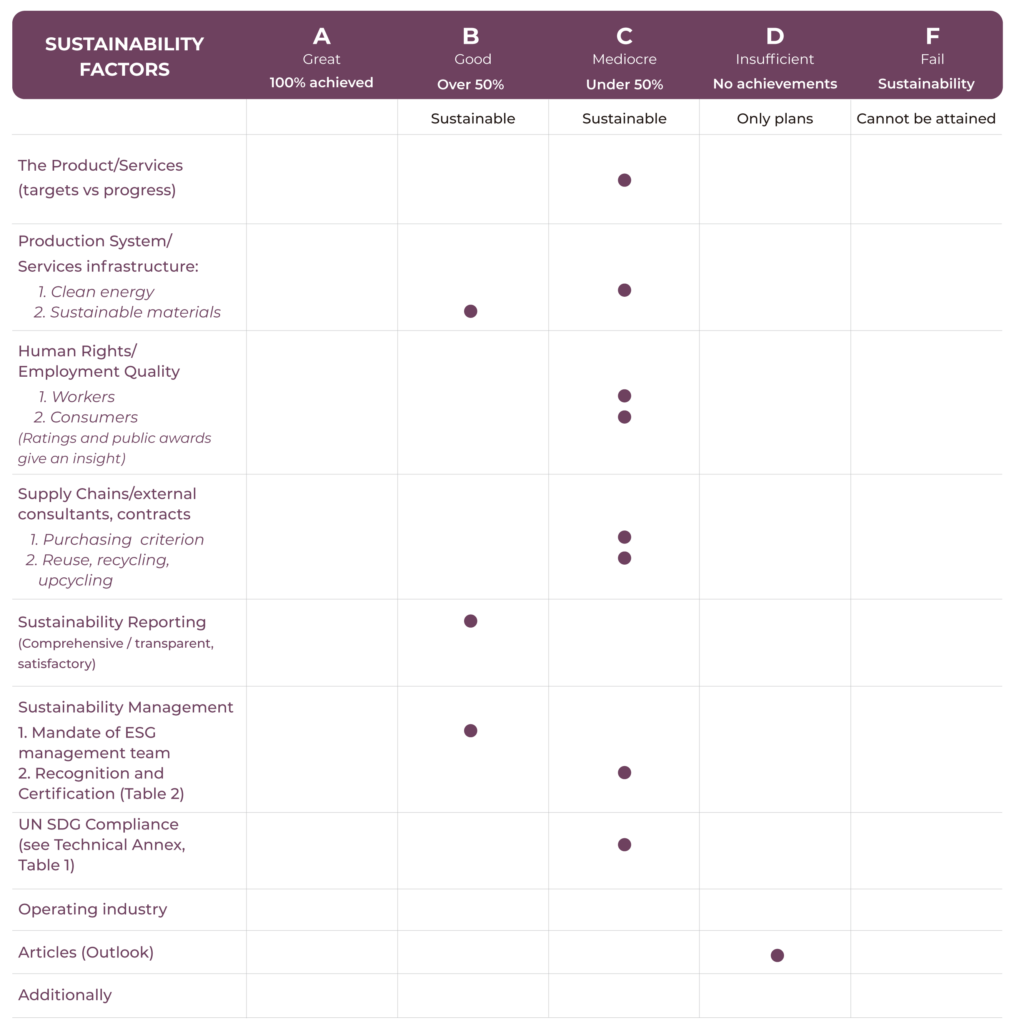
Toyota Company Activity
Toyota Motor Corporation is a Japanese multinational automotive manufacturer headquartered in Toyota City, Aichi, Japan. It was founded by Kiichiro Toyoda and incorporated on August 28, 1937. Toyota is one of the largest automobile manufacturers in the world, producing about 10 million vehicles per year.
Toyota Sustainability Activity - As per company declarations
Toyota set up the Sustainability Management Dept. in 2019 to enable the entire company to promote integrated sustainability initiatives by determining priorities. In 2020, Toyota appointed a Chief Sustainability Ofcer (CSO) as the leader of the promotion efforts. Through the establishment of a sustainability liaison system, operated by the Sustainability Management Dept. as the secretariat, Toyota aim to improve the overall sustainability of the company while working in close liaison, on a daily basis, with the relevant departments (environment, human resources, secretarial, purchasing, accounting, public relations, corporate citizenship, etc.) that are engaged in the promotion of sustainability initiatives.
Certificate & Labels, Standards and Frameworks
- ISO 14001: Environmental Management and Responsibility
- ISO 50001: Energy Management and Efficiency
- White 500 Health & Productivity Management Outstanding Organizations
- Certified by the Ministry of Health, Labour and Welfare as a Safety and Health Outstanding Company
Standards and Frameworks:
- Global Reporting Initiative (GRI): help organisations to publicly report the impacts of their activities in a structured way, transparent to stakeholders. Holds the company against NO clear rating system.
- SGS:
- SASB:
- WDi
- BSR
- The Global Alliance for Sustainable Supply Chain
- IOE
- GIRN
Toyota in the news: Press Reviews and Social Media
Business groups block action that could help tackle biodiversity crisis, report finds.
Including Toyota, business groups block initiatives that could help tackle biodiversity. The report finds that 89% of engagement by leading industry associations in Europe and the US is designed to delay, dilute and block progress on tackling the biodiversity crisis.
25 years after the Prius made headlines, Toyota has fallen behind on climate.
Toyota has made little progress in the EV market in the past few decades compared to other car manufactures such as Tesla, GM and Hyundai. The article slams Toyota for its infamous lobbying efforts against environmentally friendly legislation, highlighting it as the ‘third worst offender’ when it comes to obstruction of climate legislation.
Available at:
Highlights from Toyota Sustainability Report
Achievements
- Introduced innovative technologies including a new type of paint atomizer (airless paint atomizer) that uses static electricity and promoted energy-saving through daily kaizen
- CO2 emissions in Japan: 266,000 tons (down 8.9 percent compared to 2019 levels)
- Reduced global average CO2 emissions from new vehicles by 23 percent compared to 2010 levels
- CO2 emissions was 4.9 million tons (down 22 percent compared to 2013 levels)
Weaknesses and Setbacks
- Lobbying against environmentally friendly initiatives and legislation
Targets vs Progress Reported
| Target | Results reported |
|---|---|
| Carbon neutrality by 2050 | |
| Life cycle CO2 emissions - Reduce CO2 emissions by 18 percent or more throughout the entire vehicle life cycle compared to 2013 levels |
-Steadily promoted life cycle CO2 emissions reduction by environmental management for product development (since 2005) - Conducted assessments using the Eco Vehicle Assessment System (Eco-VAS) on 46 of the total 62 (74 percent coverage) new and redesigned models (models currently available for sale) in Japan. Achieved life cycle CO2 emission levels in all subject models equivalent to or lower than those of reference vehicles (previous models or vehicles of the same class); e.g., reduced CO2 emissions of the Yaris Cross hybrid electric vehicle model by 16 percent compared to vehicles of the same class. - 5 millions tons reduction in CO2 emissions from 2014 to 2018 |
| Cycle Zero CO2 Emissions Challenge | |
| Logistics - Japan: Reduce CO2 emissions by 7 percent by improving transport efficiency compared to 2018 levels (average of 1 percent reduction per year) - Japan ⇔ Other regions: Reduce CO2 emissions by vessels for export (introduce 2 LNG-powered pure car carriers) |
- Promoted continual kaizen activities including loading efficiency improvement, shortening of logistic routes and modal shifts - CO2 emissions in Japan: 266,000 tons (down 8.9 percent compared to 2019 levels) |
| Suppliers - Promote CO2 emissions reduction activities among major suppliers |
Completed formulation of action plans for CO2 data collection in each country and region globally. - Commenced trials of data collection in some regions |
| Dealers and distributors - Achieve 100 percent introduction rate for CO2 emissions reduction items at newly constructed and remodeled dealers |
Completed selection of CO2 reduction items and formulation of introduction plans in each country and region globally |
| Vehicle Zero CO2 Emissions Challenge | |
| Average CO2 emissions from new vehicles - Reduce global1 average CO2 emissions (TtW, g/km) from new vehicles by 30 percent or more compared to 2010 levels 1. Countries and regions: Japan, U.S., Europe, China, Canada, Brazil, Saudi Arabia, India, Australia, Taiwan, Thailand, and Indonesia |
Reduced global average CO2 emissions from new vehicles by 23 percent compared to 2010 levels by improving environmental performance and expanding vehicle lineups. |
| Electrified vehicles - Make cumulative sales of 30 million electrified vehicles or more |
Achieved cumulative global sales of 16.98 million electrified vehicles, exceeding the target by 2020 of 15 million units |
| Plant Zero CO2 Emissions Challenge - carbon neutrality at plants by 2035 | - Introduced innovative technologies including a new type of paint atomizer (airless paint atomizer) that uses static electricity and promoted energy-saving through daily kaizen - CO2 emissions was 4.9 million tons (down 22 percent compared to 2013 levels) |
| Dealers and distributors - Reduce CO2 emissions by implementing innovative technologies and daily kaizen and introducing renewable energy - Reduce CO2 emissions from global plants by 30 percent compared to 2013 levels - Achieve a 25 percent introduction rate for renewable electricity - Promote proactive technological development to utilize hydrogen |
Achieved an 11 percent introduction rate for renewable electricity. Maintained 100 percent renewable electricity introduction rate at all plants in Europe and also achieved it at all plants in South America. Installed solar panels at the new plant in China (23 MW). - Continuously conduct various verification tests to support the utilization of hydrogen. Developed stationary FC generator diverting on-board FC, water electrolysis-based machine for hydrogen generation and filling, etc. Established the Hydrogen Power - CO2 emissions was 4.9 million tons (down 22 percent compared to 2013 levels) FAILED - Generation Park, a verification site of an in-house power generation facility. |
| Challenge of Minimizing and Optimizing Water Usage | |
| Water quantity - Reduce water usage taking the water environment in each country and region into consideration - Promote wastewater recycling, rainwater use, and various activities including daily kaizen - Reduce global water usage by 3 percent per vehicle produced compared to 2013 levels (reduce by 34 percent compared to 2001 levels) - Complete measures at 2 Challenge-focused plants where the water environment is considered to have a large impact |
- Comprehensively introduced reduction technologies and undertook daily water-saving efforts, such as water recycling and reducing the amount of steam used in painting processes - In progress to reducing at a pace above target (down 8 percent compared to 2013 levels) |
| Water quality - Thoroughly manage water discharge quality under internal standards that are stricter than regulatory standards - Continuously assess the impact of wastewater at all plants where it is discharged directly into the river |
- Continuously manage water quality under internal standards that are stricter than regulatory standards - Assessed the impact of wastewater at all plants |
| Challenge of Establishing a Recycling-based Society and Systems | |
| Toyota Global 100 Dismantlers Project - Complete setup of 15 model facilities for appropriate treatment and recycling of End-of-life vehicles - Continuously accelerate easy-to-dismantle designs - Integrate easy-to-dismantle designs to respond to appropriate treatment and recycling of End-oflife vehicles and resource issues, and provide appropriate information (large batteries, fuel cell (FC), hydrogen tank) |
|
| Completed setup of model facilities in Malaysia, Brazil, Argentina, Belgium and Japan (Belgium and Japan are sites for appropriate treatment and recycling of End-of-life FCEVs) | |
| Toyota Education for Sustainable Development Project - Implement globally unified initiatives to foster environmentally conscious persons responsible for the future a. Offer environmental education opportunities by utilizing biotopes and others in collaboration with the Plant in Harmony with Nature b. Foster environmentally conscious persons at both in-house and outside sites, including plants and the Forest of Toyota, by utilizing educational tools in harmony with nature for the next generation |
|
| Environmental Management | |
| Chemical substances Implement thorough management by carefully considering legal trends in each country and region | |
| Air quality - Product: Steadily introduce low-emission vehicles and boost further improvement by introducing and increasing ZEVs3 3. Zero Emission Vehicles: Vehicles that have the potential not to emit any CO2 during driving such as battery electric vehicles (BEVs) and fuel cell electric vehicles (FCEVs) - Production: Continue volatile organic compound (VOC) emissions reduction activities and maintain industry-leading level |
- NOx and SOx emissions have both progressively decreased; a reduction of 27% and 21%, respectively, from 2019 to 2020 - Reduced Volatile Organic Compound emissions by 3,400 tons from 2019 to 2020 (14% decrease from 2019 to 2020) |
| Waste - Promote activities to thoroughly reduce waste globally and aim to minimize the volume of resource input and waste, with the environment and economy in balance |
- Progressive decrease in waste produced; 10.3% reduction between 2019 and 2020 - Decrease in sending waste to recycling for a fee by 8,000 tons (9% decrease from 2019 to 2020) - Other forms of waste disposal reduced by 9,000 tons (13% decrease from 2019 to 2020) |
| Logistics packaging - Implement initiatives to reduce and recycle plastics used in packaging and recycle them |
- Reduced package material used by 9,000 tons from 2019 to 2020 (19% decrease from 2019 to 2020) |
| Risk management Thoroughly comply with environmental laws and regulations and strengthen proactive prevention activities for environmental risks in each country and region. |
UN SDGs Compliance Analysis
Progress made toward SDG targets
As reported by Toyota
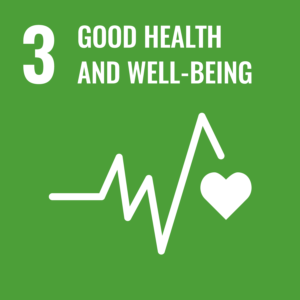
- Aiming to raise the health level of all employees, Toyota has been promoting a company-wide initiative since 2017, promoting eight lifestyle habits that have an impact on the prevention of mental and physical diseases
- Physical examination targeting employees aged 40 or over includes a specialized examination aimed at prevention of lifestyle-related diseases and cancer screenings for early discovery of cancers.
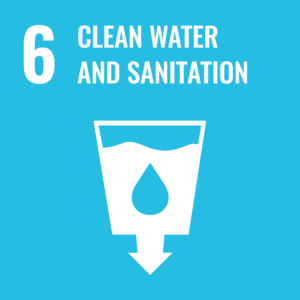
In progress to reducing at a pace above target (down 8 percent compared to 2013 levels)
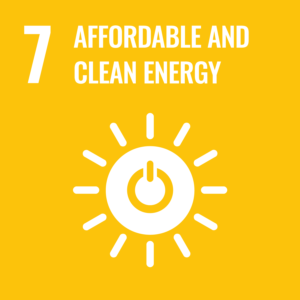
- Achieved cumulative global sales of 16.98 million electrified vehicles, exceeding the target by 2020 of 15 million units
- Continuously conduct various verification tests to support the utilization of hydrogen. Developed stationary FC generator diverting on-board FC, water electrolysis-based machine for hydrogen generation and filling, etc. Established the Hydrogen Power Generation Park, a verification site of an in-house power generation facility.
- Introduced innovative technologies including a new type of paint atomizer (airless paint atomizer) that uses static electricity and promoted energy-saving through daily kaizen
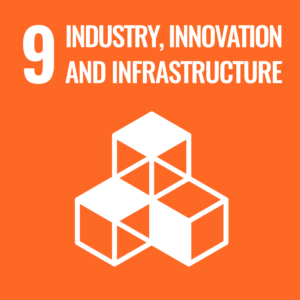
Achieved an 11 percent introduction rate for renewable electricity. Maintained 100 percent renewable electricity introduction rate at all plants in Europe and also achieved it at all plants in South America. Installed solar panels at the new plant in China (23 MW).
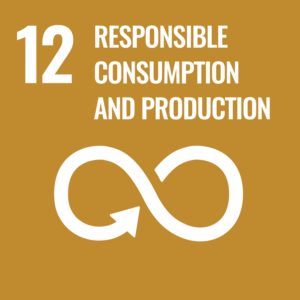
- Completed setup of model facilities in Malaysia, Brazil, Argentina, Belgium and Japan (Belgium and Japan are sites for appropriate treatment and recycling of End-of-life FCEVs)
- Continuously promoted utilization of renewable resources and recycled materials (HEV batteries, motor magnets, plastic bumpers, etc.)
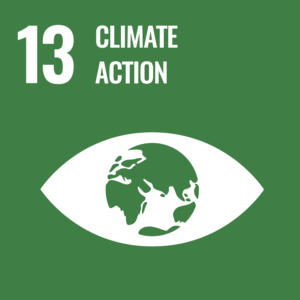
- CO2 emissions was 4.9 million tons (down 22 percent compared to 2013 levels)
- Introduced innovative technologies including a new type of paint atomizer (airless paint atomizer) that uses static electricity and promoted energy-saving through daily kaizen

- Completed assessment of 29,830 species for the International Union for Conservation of Nature (IUCN) Red List and donated vehicles to conduct surveys and conservation activities of species listed as threatened on the IUCN Red List in Nepal, Argentina, Madagascar and other countries
- Supported 27 projects of NPOs and other non-profit organizations and groups addressing biodiversity and climate change (17 in Japan and 10 in other region
Sustainability Certificates, Awards and Listings



